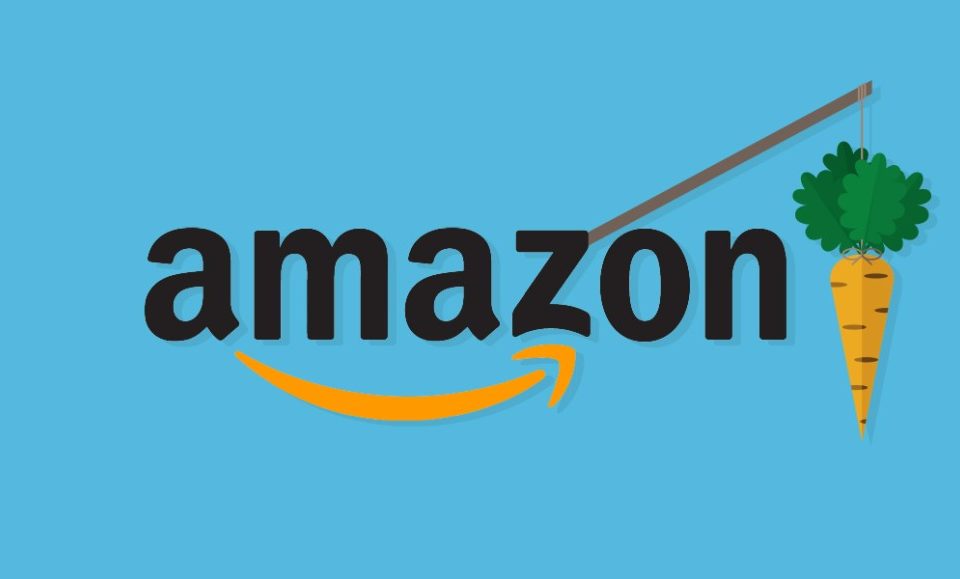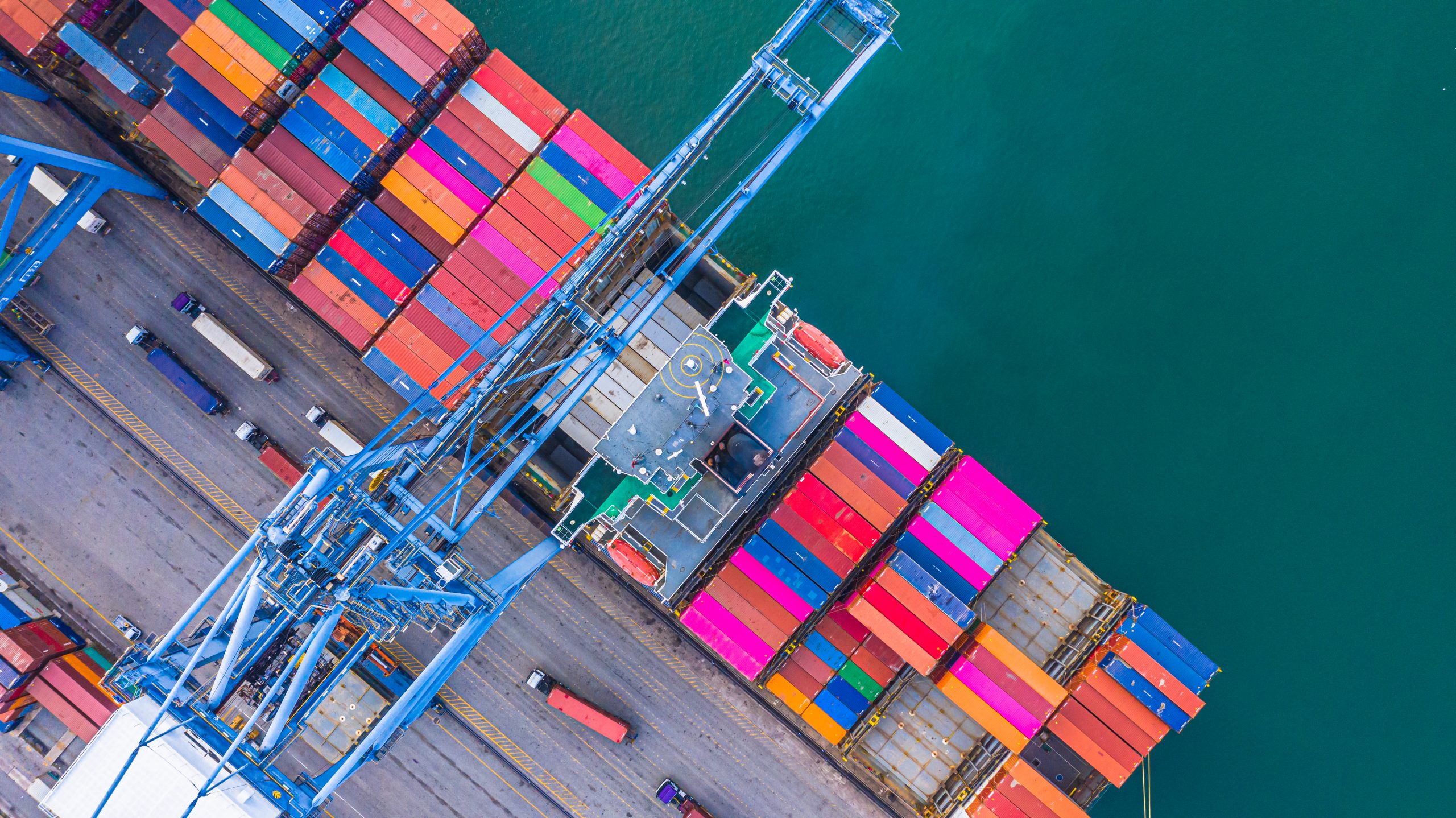
How the Rotal Group gain supply chain efficiency
August 3, 2021
Ecommerce operations! EXPLAINED.
September 29, 2021Amazon Inventory Management: How to Choose a System and tips to manage inventory. successfully.
Amazon Inventory Management
How to Choose a System and tips to manage inventory. Successfully.
Inventory management comprises the processes and activities between the moment you create a purchase order (or place purchase demand if you work on CargoZone 😊) and the moment you sell it to the final customer. Small tweaks to inventory management can have a big impact on your bottom line—for better or for worse. Done well, inventory management can boost sales. Missed opportunities, on the other hand, can mean lost revenue.
First, let’s define what inventory management is?
Inventory is the product stock you own and plan to sell through your eCommerce business. Inventory management is the process of tracking and storing products to meet customer demand quickly and efficiently. It applies to how you source, store, and process products to get them ready for sale.
Make no mistakes; inventory is an investment. The results of poor inventory management may not show up for weeks or months. It can be ugly when they become apparent: spoiled products, deadstock, high storage costs—or worse, depleted stock and unfulfilled customer orders. Additionally, storage fees and holding costs can decrease profitability.
Why is inventory management important?
Product stock on hand is an important business asset. But inventory can also hurt your business if mismanaged. As your business grows, you may run into issues such as:
- Excess inventory: Having on-hand inventory to send customer orders quickly is a good thing; However, over-inventory can hurt your business.
Excess inventory sip money from your business by tying up budgets and running storage costs. Aside from paying unnecessary fees, you may not be able to respond quickly to changes in customer demand, while the aging stock may force you to destroy the aging items or sell them at a meager price.
Amazon considers a product to have excess inventory if it has:
- Over 90 days of supply
- At least 1 unit aged over 90 days
- A better ROI opportunity (such as reducing the price to increase sales)
These tactics can help your eCommerce business avoid holding excess inventory by increasing sell-through, reducing storage fees, and earning a return on investment.
- Low stock levels: It’s essential to have enough units to meet demand. Low stock levels can harm your sales and brand. No one likes to order an item only to find it’s out of stock. They wouldn’t wait, they would buy it from your competitors, and your rank will start dropping quickly. that means you will have to invest a lot of money to get back to your rank again, if ever.
The right inventory level for your business may depend on seasonality, sales history, or customer demands. Run a demand planning analysis to arrive at the optimum inventory level. CargoZone will help you do that efficiently.
CargoZone will assist restock tool to help manage inventory efficiently.
The tool is built on a machine learning model. It helps you determine how much inventory to send and when to send it. The restock tool is included for sellers who use FBA and provides custom recommended replenishment quantities and recommended ship dates.
Based on sophisticated models based on your Amazon brand real-time data inputs on demand forecasting, seasonality, fees, seller inputs on lead times, replenishment frequency, and cost of goods sold. Considering what is currently in stock, the restock tool calculates the ideal inventory quantity to store.
- Stranded or dead stock: Stranded inventory is inventory in a fulfillment center that does not have an active offer on Amazon. It damages your business because it blocks up your cash flow. You paid for the products, you are paying for storage, yet customers can’t buy them. Stranded inventory damages your brand in 3 ways: lost sales, storage costs, and lost storage capacity.
- Spoilage: Some items like food products, supplements, or cosmetics have a sell-by or expiration date. When you hold inventory past its sell-by date, your products are turning into a lost investment.
- Tracking your items through CargoZone can help you avoid spoilage. You may also run promotions or discounts on items at risk of spoiling shortly.
- High storage costs: Optimizing your storage space can help you lower costs and stock fast-selling items. Not tracking your inventory can lead to higher costs of storage, removal, and liquidation. Even if you use a third-party inventory management system like FBA, you still want to track how much inventory you have in storage to avoid incurring unnecessary fees.
Tips to improve amazon inventory management:
- Use Amazon inventory management software.
Manually tracking your inventory on documents or spreadsheets is time-consuming and prone to error. Good inventory management software is the best way to automate your inventory management tasks and make sure you carry enough, but not too much, inventory throughout the year. Retailers often see a nearly 40 percent increase in their inventory efficiency using inventory management software. - Know your inventory turnover rate
Amazon inventory is commonly called your inventory turnover rate. To figure out your inventory turnover rate, you need to know, on average, how fast your products sell on Amazon. With this information, you can estimate how much stock you need to maintain stock levels between inventory shipments. It also helps you avoid over-buying or under-buying when you reorder stock. - Know your supply chain lead times
Your supply chain refers to inventory movement from sourcing to arrival in your warehouse. Lead time is the time it takes for stock to arrive once ordered. By understanding your supply chain and lead times, you can identify the who, what, where, and when involved in sourcing, receiving, and storing your Amazon inventory. To keep your supply chain running smoothly, stay on top of your suppliers’ manufacturing and delivery schedules and have contingencies in place for worst-case scenarios. This is particularly important if you use overseas suppliers since shipping delays can take weeks to resolve. Ensure you hold some inventory in reserve (Buffer stock) to cover unexpected delays along your supply chain if sourcing goods overseas.
- Get ready for seasonal sales and tolerate sales spikes.
As you can understand, seasonal inventory is products that have a special demand during certain seasons or holidays. Surely no one can predict upcoming demand volume with 100% accuracy. But analyzing the data from the previous years, you can get a clearer picture. Consequently, you should restock your best-sold products to cover customers’ demand in that special period. Also, please keep track of past sales spikes and consider them. You might want to keep a small buffer stock in an out-od amazon W/H. - Strategic promotions and sales
One way to prevent this is to set a threshold for a set number of promoted items in your inventory. Once that number is hit, you can remove the promotion and sell the remaining stock at a higher price to avoid running out completely. Or, if you plan to sell out completely, be sure to set a threshold amount that covers four hours of promotional sales. You can figure that number in Seller Central. Four hours is the key here because Amazon takes up to four hours to remove a promotion once you stop it. This gives you enough stock to cover sales that come in once you stop the promotion. Another way to hold a successful promotion is to order a reserve of the promoted products from your supplier with a future ship date. If your promotion is successful and you need the stock shipment fast, you can contact the supplier to move up the ship date. But if the promotion lags, you can cancel or extend the ship date of the restock order to avoid being overstocked. - Be creative
Creative thinking is vital in today’s retail world that is growing so fast and where everything is changing day by day. Thinking outside the box allows you to make a unique experience and increase your brand awareness. Tiny and mid-sized business owners should be too creative to beat big brands and get many customers. - Get CargoZone
CargoZone is the most robust and holistic software to successfully manage the full operational sides of selling on Amazon. Sign up today to understand your real potential.




